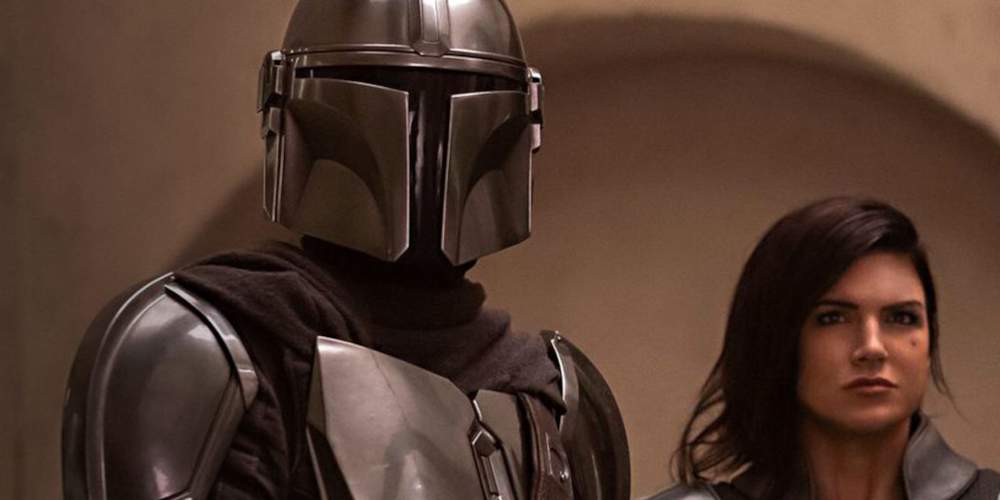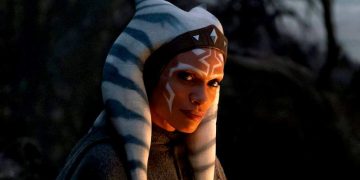In 2012, around the time Marvel joined the Disney family, Lucasfilm also joined Disney. The deal—worth a reported $4 billion—saw the entire back catalog of Lucasfilm's property become an integral part of The Walt Disney Company's future.
Of course, when people think of Lucasfilm, they don't think about Indiana Jones or Willow. They think of Star Wars.
George Lucas' epic space opera, which has taken culture by storm since its introduction in 1977, is a pop staple of modern society and has millions of fans around the world. It even has its own day on May the 4th.
Disney had announced big plans for the Star Wars universe, declaring their intention to produce a sequel trilogy of films and a further three spin-off movies about the Star Wars universe. In hindsight, those plans didn't go entirely according to plan.
Disney's sequel trilogy became incredibly divisive by the time the rambling mess came to an end, with many fans loathing its existence. The three spin-off movies only reached two before cancellation thanks to a poor box office haul for Solo: A Star Wars Story.
Disney's handling of the iconic saga has been in serious question ever since. However, one bright spark in Disney's ownership of the franchise keeps them from abject failure: The Mandalorian.
The Disney Plus series about Din Jarin and his stewardship of Grogu (aka Baby Yoda) has won the hearts of the rabid fanbase and received overwhelmingly positive reviews from critics. It also pioneered a new way to produce sound stage VFX in the process.
In the hands of Dave Filoni and Jon Favreau, The Mandalorian has single-handedly saved the Star Wars saga's recent reputation amongst the general public. As a result, people are asking for more.
In this article, I'd like to look at why Disney should give up on Star Wars movies and stick with these kinds of TV series instead. Here are four solid reasons why this would be a smart move.
1. The Sting of the Sequel Trilogy
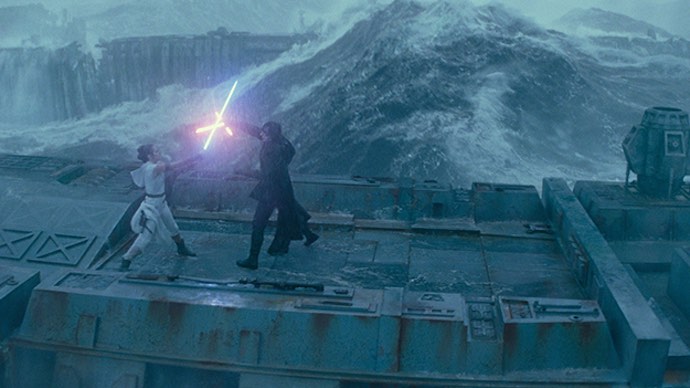
Looking back at the 2015 release of Star Wars: Episode VII - The Force Awakens, it was a time of excitement and rabid anticipation for fans of the Star Wars saga—and the movie-going public in general.
But as the trilogy wrapped up, it became blindingly obvious that they never had a coherent plan in place from the first film.
In an age where blockbuster movies are planned out as massive stories that encompass many films, the people at Disney opted for the old fashioned approach—to wing it as they go—which backfired. What we got was a pastiche of conflicting ideas from different people.
It's in stark contrast with The Mandalorian, a series featuring Filoni and Favreau at the helm, directing the story with a singular shared vision.
And it put a sting in the eyes of fans. A sting so strong that it has put many off from seeing any future Star Wars movies, as evidenced by Solo: A Star Wars Story and Star Wars: Episode IX - The Rise of Skywalker both underperforming at the box office.
The fans have had enough of this mishandling of the movie franchise, and Disney knows it would take a miracle to restore the public's interest in more Star Wars movies. That's why Disney currently has no concrete plans to produce any further films.
2. In-Depth, Long-Form Storytelling
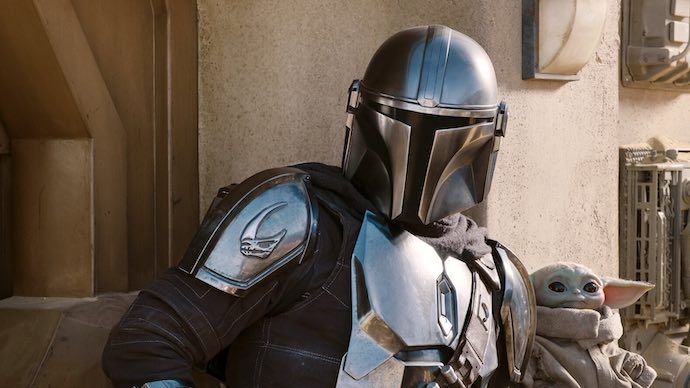
A trilogy of movies that are each approximately 2.5 hours long isn't exactly short-form storytelling. But the fact that the movies are separated by two-year-long waits can make the narrative experience feel dull—especially when the narrative itself is unimaginative.
On the other hand, when you're engaged in a TV series that unfolds week-by-week, year-by-year, there's a feeling of certainty to it. A feeling that the story can keep unravelling for a long time, as it needs.
The long-form approach of a series like The Mandalorian benefits the franchise more than the movies do. The Skywalker saga has come to an end. It's time to explore the rest of the Star Wars universe in a more long-form style—the kind proven successful by The Mandolorian.
3. Fully Expanding the Star Wars Universe
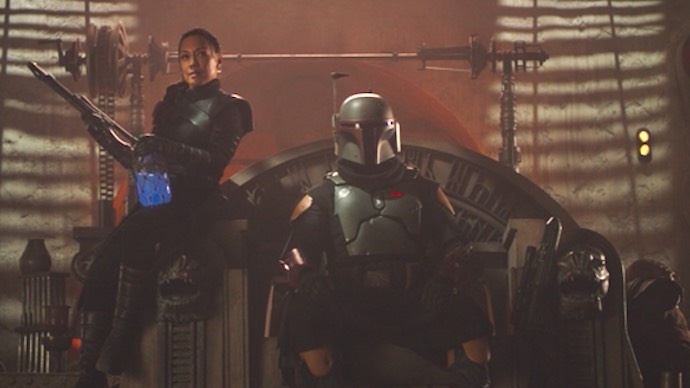
Audiences enjoyed Rogue One: A Star Wars Story because it told the story of how the Rebel Alliance gained the plans to the Death Star, leading to the events of Star Wars: A New Hope.
The movie expanded the universe on the big screen while telling a tale that fans wanted to see. It also featured Darth Vader, which played a non-trivial role in boosting seat numbers.
Disney missed that when they greenlit Solo: A Star Wars Story. It had nothing to do with the Skywalker saga, therefore it lacked pull to gain large-scale traction. Not to mention the absence of Harrison Ford.
Expanding the Star Wars universe isn't a bad idea by any means, and fans want to see more of these stories play out on their screens. But it's best done on small screens, not the big one, where it can be consumed by fans without dependence on box office results for a future.
There are legions who love what George Lucas created, and all of them have their ideas on where it should go. Creating various series that explore these numerous paths is the best way forward for Disney's ownership of the Star Wars property.
4. New Filmmaking Tech & Techniques
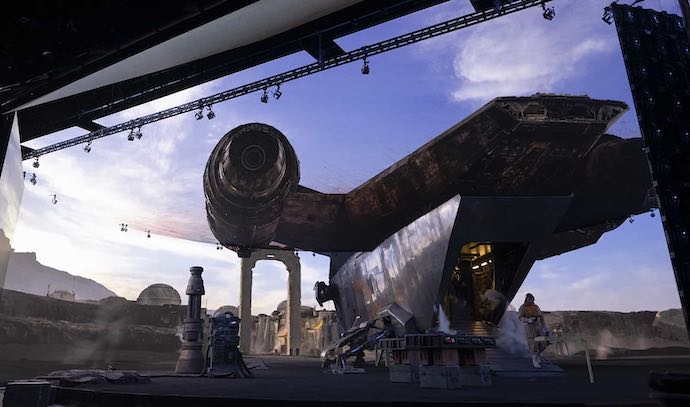
When The Mandalorian began production, it had the advantage of having Jon Favreau lead the series. His previous work on The Lion King had opened his eyes to a new type of technology that rendered virtual reality to film sequences, eliminating the need for a camera.
When he filmed The Mandalorian, he wanted to use an inspired process to create a living film set that did away with green screen production—so he went back to the talented folks at Industrial Light & Magic, with whom he'd worked on The Lion King.
ILM came up with a technology called StageCraft, which renders a moving wall with video images projected onto it that react in real-time.
StageCraft technology has had a massive impact on film production. With this, blue screen and green screen production are obsolete. It makes the lives of production teams and actors easier, as they can now see what they're reacting to in real-time.
For the first time in history, Star Wars no longer has to "go" anywhere to be filmed. Modern technology can replace location shooting, making it practical and affordable to shoot stories of a more varied nature.
Making a Star Wars movie costs Disney hundreds of millions of dollars. And sure, The Mandalorian has a season budget of around $100 million. But that's considerably less than the production budget for The Rise of Skywalker, which came in at $275 million.
